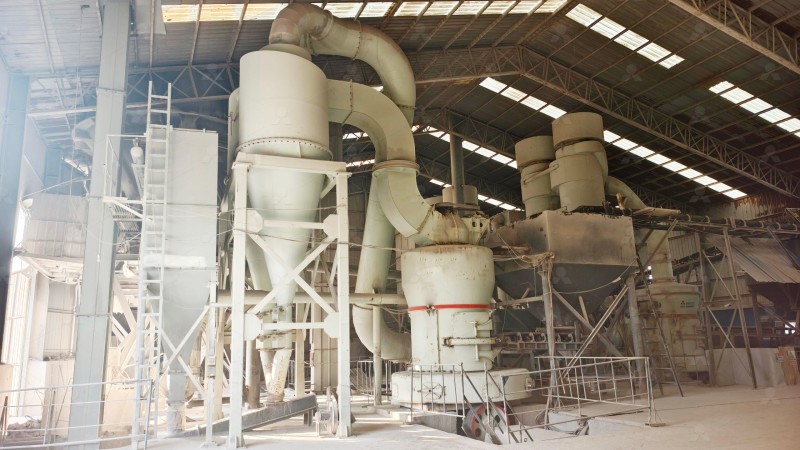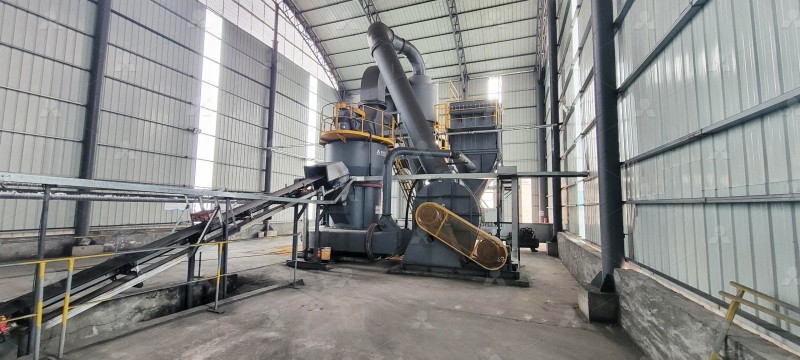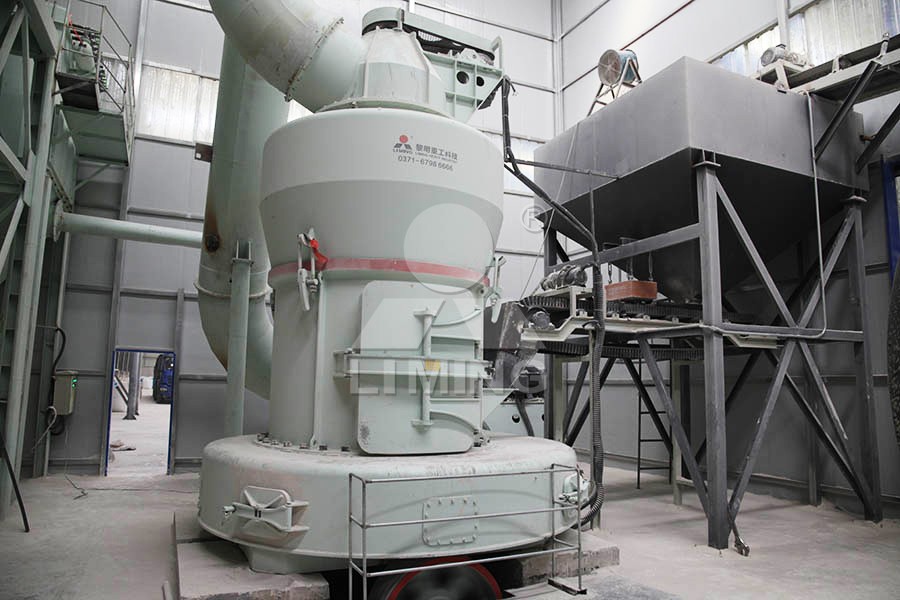4R Raymond Mill for Grinding Diatomite: Key Features and Applications
4R Raymond Mill for Grinding Diatomite: Key Features and Applications
Diatomite, also known as diatomaceous earth, presents unique challenges in mineral processing due to its delicate crystalline structure and diverse industrial applications. The 4R Raymond Mill has emerged as a preferred solution for processing this versatile material, offering precise control over particle size distribution while maintaining the material’s inherent properties.

Understanding Diatomite Processing Requirements
Diatomite’s applications span multiple industries including filtration, absorbents, functional fillers, and catalyst carriers. Each application demands specific particle size distributions and preservation of the material’s porous structure. The 4R Raymond Mill excels in meeting these requirements through its sophisticated grinding mechanism that combines impact, compression, and shear forces.
Traditional grinding equipment often compromises diatomite’s delicate fossil structure, but the 4R Raymond Mill’s progressive grinding action preserves the material’s essential characteristics. The four grinding rollers work in harmony to achieve uniform particle reduction without excessive heat generation that could alter the material’s properties.
Technical Advantages for Diatomite Processing
The 4R configuration provides enhanced grinding capacity compared to standard Raymond mills. The additional grinding roller increases the milling surface area, resulting in higher throughput while maintaining consistent product quality. The centrifugal force generated by the rotating grinding ring creates optimal conditions for efficient diatomite processing.
For operations requiring even finer particle sizes or higher production capacities, we recommend considering our MW Ultrafine Grinding Mill. This advanced system offers adjustable fineness between 325-2500 meshes with significantly higher yielding and lower energy consumption compared to conventional grinding systems. The MW mill’s innovative design eliminates rolling bearings and screws in the grinding chamber, reducing maintenance concerns while ensuring continuous operation.

Operational Efficiency and Environmental Considerations
Modern 4R Raymond Mills incorporate advanced dust collection systems that are particularly important when processing diatomite. The fine, lightweight particles require efficient containment, and contemporary mills address this through integrated pulse-jet dust collectors that maintain clean operating conditions while maximizing product recovery.
The energy efficiency of 4R Raymond Mills makes them suitable for continuous diatomite processing operations. The balanced design reduces vibration and noise levels, contributing to improved working environments. Regular maintenance focuses on wear parts replacement, with most components designed for easy access and replacement.
Industry Applications and Product Quality
Processed diatomite finds applications across numerous sectors. In filtration applications, the precise particle size control achieved with 4R Raymond Mills ensures optimal flow rates and filtration efficiency. For functional filler applications, the consistent particle morphology enhances product performance in paints, plastics, and construction materials.
For operations requiring the highest level of precision and efficiency, our LUM Ultrafine Vertical Grinding Mill represents the pinnacle of grinding technology. Featuring German powder separating technology and unique roller shell design, the LUM mill achieves superior product whiteness and cleanliness – critical factors for high-value diatomite applications. Its reversible structure simplifies maintenance while double position-limiting technology ensures operational stability.

Frequently Asked Questions
What is the typical production capacity of a 4R Raymond Mill for diatomite processing?
Production capacity varies based on material characteristics and final product specifications, but typically ranges between 3-8 tons per hour for diatomite applications.
How does the 4R configuration differ from standard Raymond mills?
The 4R designation indicates four grinding rollers, providing increased grinding surface area and higher capacity compared to models with fewer rollers.
What particle size range can be achieved when grinding diatomite?
4R Raymond Mills can typically produce diatomite powders ranging from 80 to 400 mesh, with some configurations capable of achieving finer particles.
How important is moisture control in diatomite processing?
Moisture content significantly impacts grinding efficiency and product quality. Optimal results are achieved with moisture levels below 10%.
What maintenance considerations are specific to diatomite grinding?
Regular inspection of grinding elements and timely replacement of wear parts are essential. The abrasive nature of diatomite necessitates more frequent maintenance compared to less abrasive materials.
